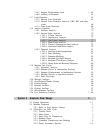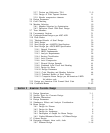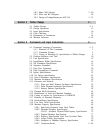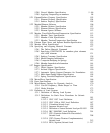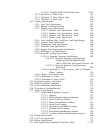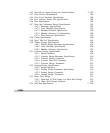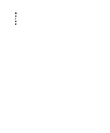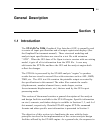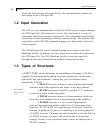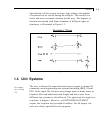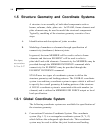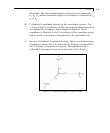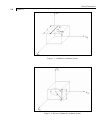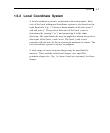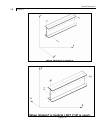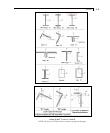
General Description
Section 1
1-2
which the facilities are discussed follows the recommended sequence of
their usage in the STD input file.
1.2 Input Generation
The GUI (or user) communicates with the STAAD analysis engine through
the STD input file. That input file is a text file consisting of a series of
commands which are executed sequentially. The commands contain either
instructions or data pertaining to analysis and/or design. The elements and
conventions of the STAAD command language are described in Section 5
of this manual.
The STAAD input file can be created through a text editor or the GUI
Modeling facility. In general, any text editor may be utilized to edit/create
the STD input file. The GUI Modeling facility creates the input file
through an interactive menu-driven graphics oriented procedure.
1.3 Types of Structures
A STRUCTURE can be defined as an assemblage of elements. STAAD is
capable of analyzing and designing structures consisting of both frame,
plate/shell and solid elements. Almost any type of structure can be
analyzed by STAAD.
A SPACE structure, which is a three dimensional framed
structure with loads applied in any plane, is the most general.
F
or input,
see section
5.2
A PLANE structure is bound by a global X-Y coordinate
system with loads in the same plane.
A TRUSS structure consists of truss members which can
have only axial member forces and no bending in the members.
A FLOOR structure is a two or three dimensional
structure having no horizontal (global X or Z) movement of the
structure [FX, FZ & MY are restrained at every joint]. The floor
framing (in global X-Z plane) of a building is an ideal example of
a FLOOR structure. Columns can also be modeled with the floor in
a FLOOR structure as long as the structure has no horizontal
loading. If there is any horizontal load, it must be analyzed as a
SPACE structure.



